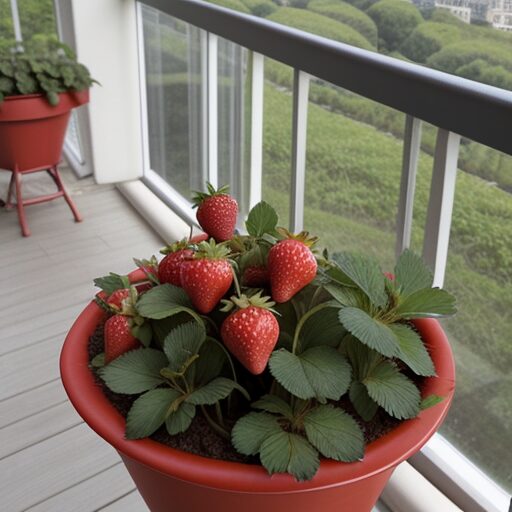Ha, ha, ha 😂 How should I know?! Thousands of strawberry 🍓
varieties are cultivated worldwide, and here in Europe, dozens, if not hundreds. Why so many? The answer is simple – there is no one, single perfect variety, an unsurpassable model for all other varieties. Each has its advantages, but each (without exception) has its drawbacks. There are early varieties like <b>Vibrant</b> or <b>Honeoye</b>, and there are late ones like <b>Florence</b>. Which are better? There are very fruitful, attractive, and tasty varieties like <b>Elsanta</b>. But what good is that if their frost resistance or susceptibility to root system diseases is more than insufficient? There are very sweet, fruitful, and frost-resistant varieties, like the old, reliable <b>Senga Sengana</b>, but what good is that if it is very susceptible to gray mold (especially in rainy years), and its fruits are not durable?🧐
The conclusion is this:











